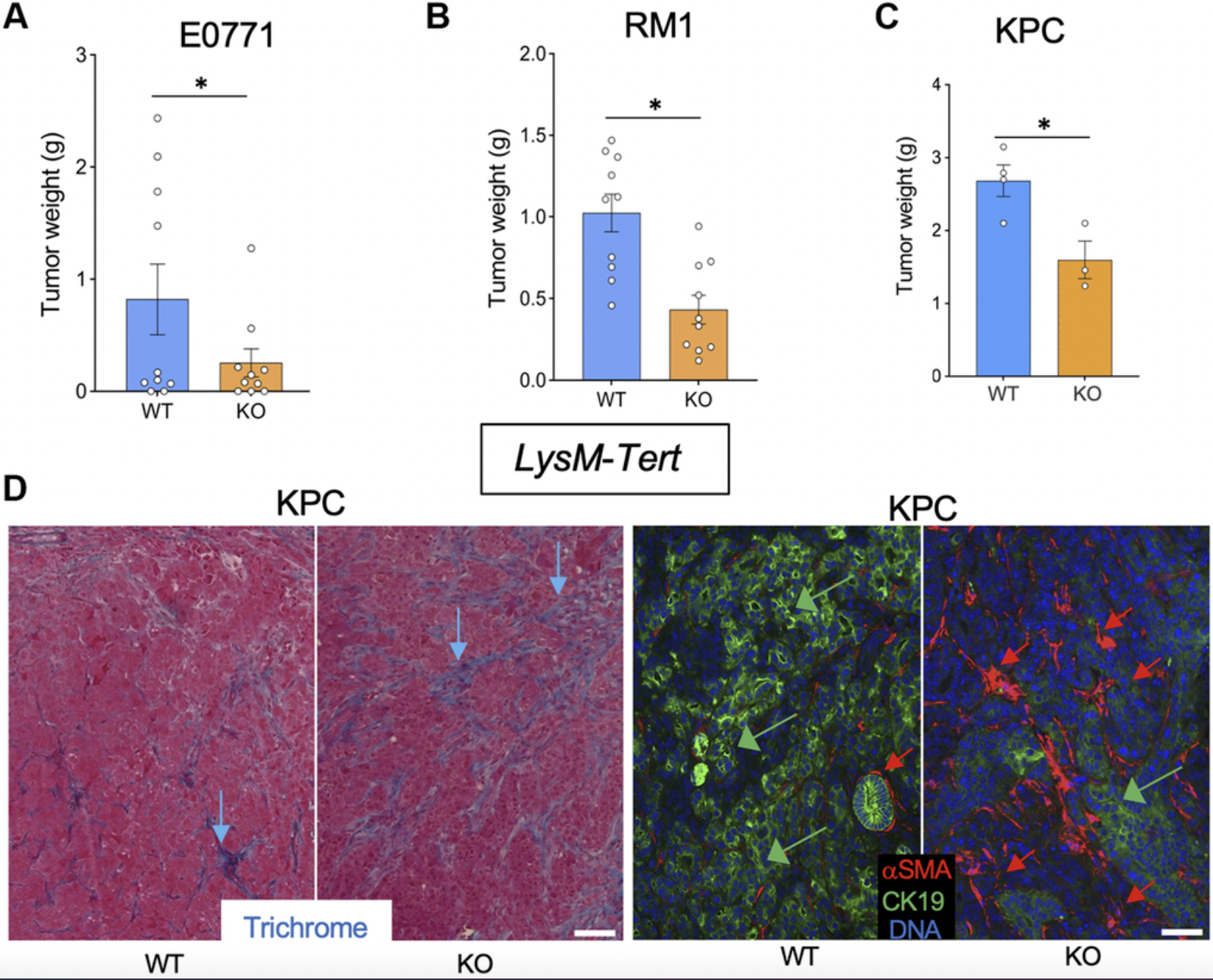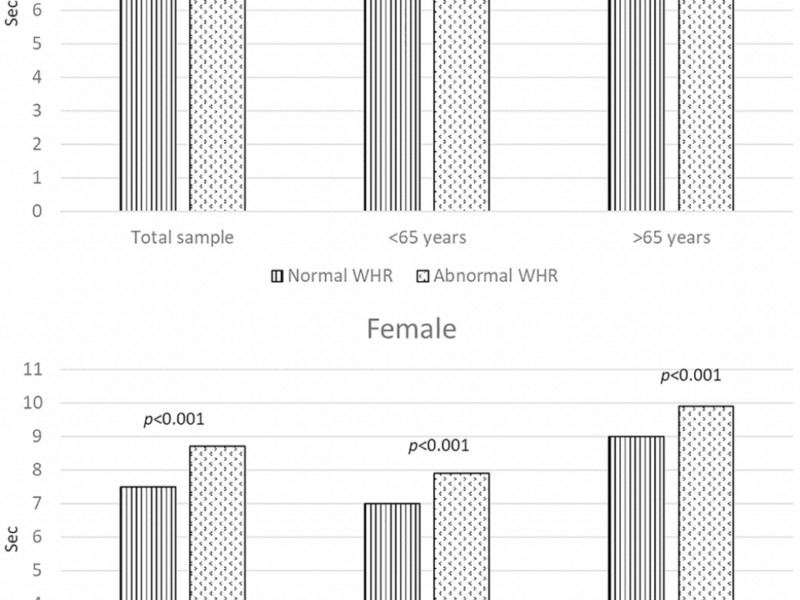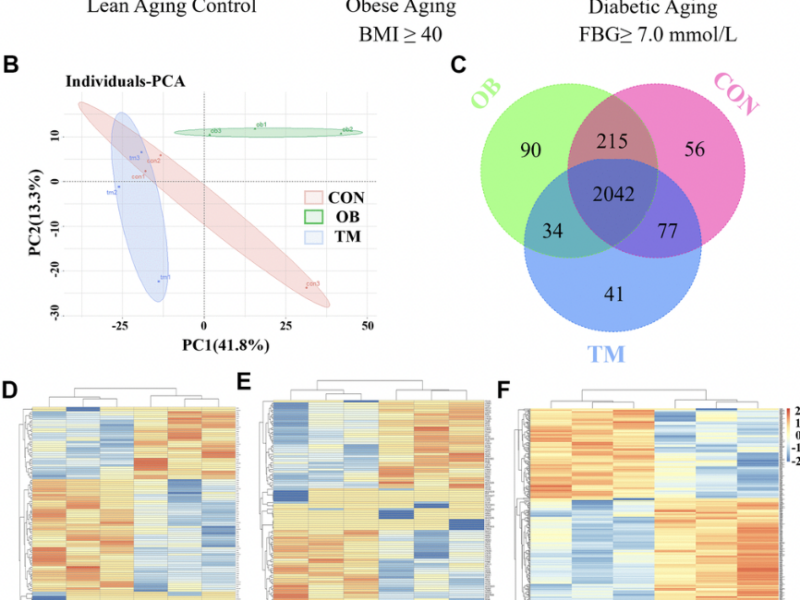A new research paper was published in Aging (Aging-US) Volume 17, Issue 6, on June 5, 2025, titled “Senescence caused by telomerase inactivation in myeloid, mesenchymal, and endothelial cells has distinct effects on cancer progression.”
Aging (Aging-US) Authors

A new research paper was published in Aging (Aging-US) Volume 17, Issue 6, on June 7, 2025, titled “Spermidine supplementation and protein restriction protect from organismal and brain aging independently.”
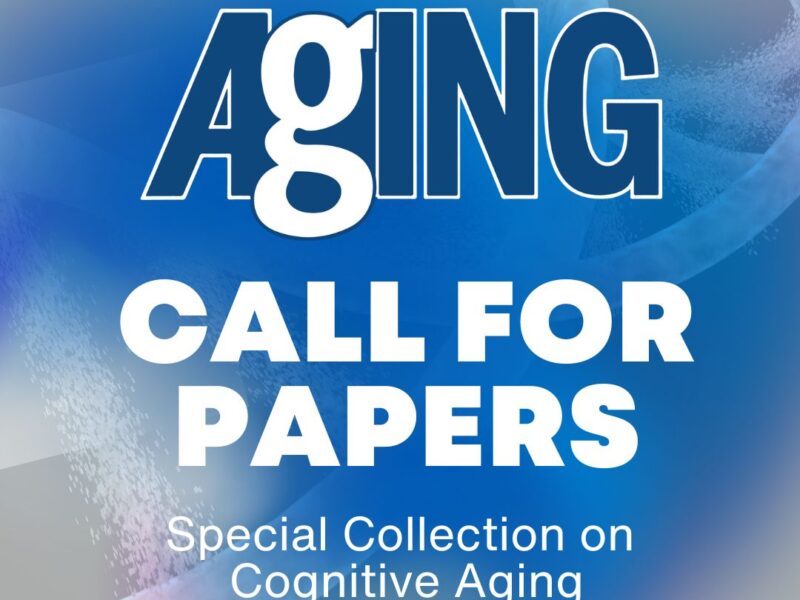
In this special collection, Aging (Aging-US) seeks to bring together cutting-edge research that spans the cellular and molecular underpinnings of cognitive aging with insights into the psychosocial, behavioral, and environmental factors that modulate its course.
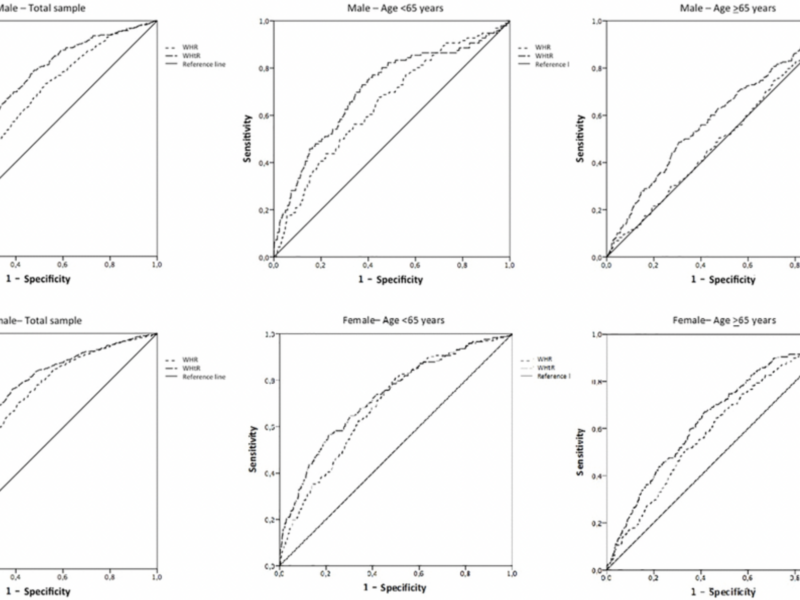
A new research paper was published in Aging (Aging-US) Volume 17, Issue 6, on May 30, 2025, titled “Impact of waist-to-hip and waist-to-height ratios on physical performance: insights from the Longevity Check-up 8+ project.”
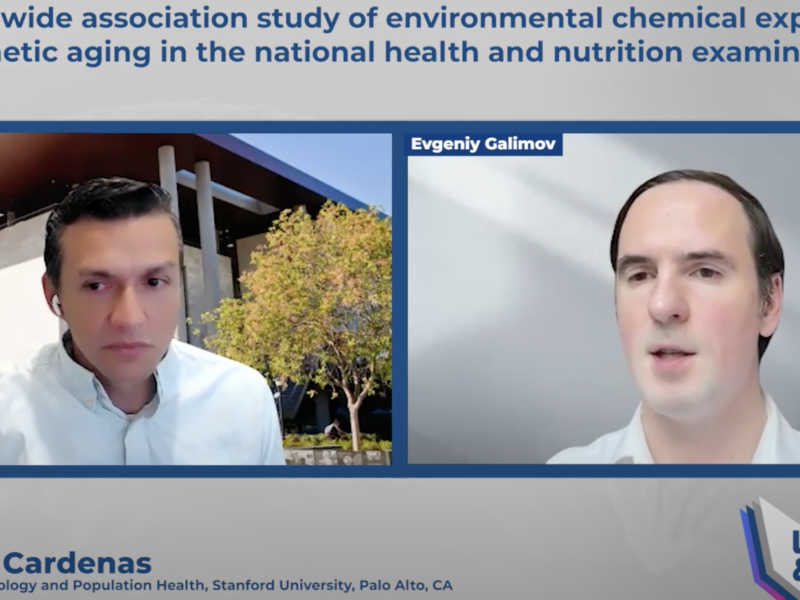
Dr. Andres Cardenas joins host Dr. Evgeniy Galimov to discuss “Exposome-wide association study of environmental chemical exposures and epigenetic aging in the National Health and Nutrition Examination Survey.”
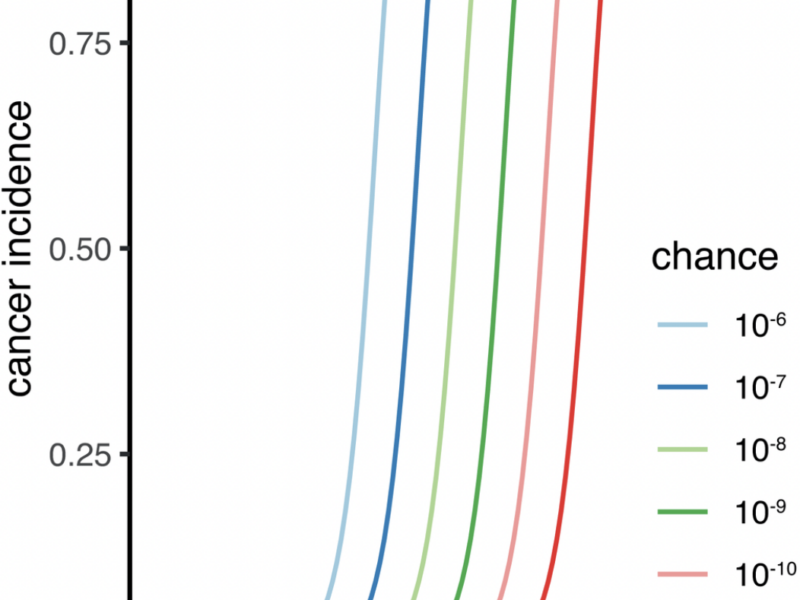
A new research perspective was published in Aging (Aging-US) Volume 17, Issue 6, on May 29, 2025, titled “Peto’s paradox’s relevance is off the scale.”
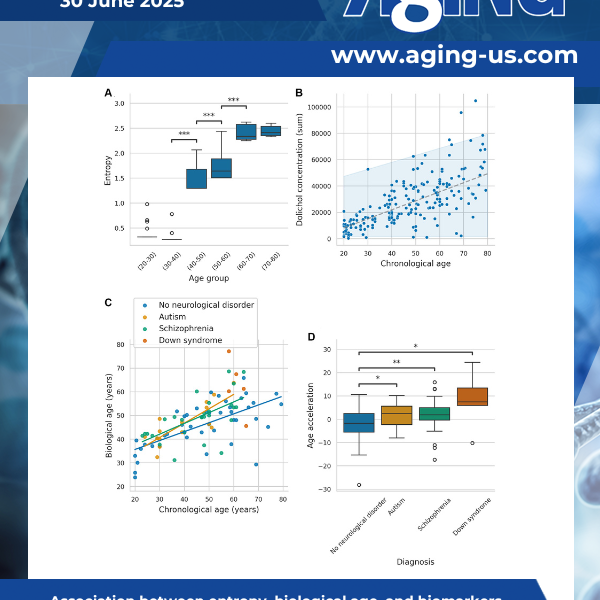
A new research paper, featured on the cover of Aging (Aging-US) Volume 17, Issue 6, was published on June 4, 2025, titled “DoliClock: a lipid-based aging clock reveals accelerated aging in neurological disorders.”

This study introduces DoliClock, a lipid-based biological aging clock designed to predict the age of the prefrontal cortex using post-mortem lipidomic data. Significant age acceleration was observed in autism, schizophrenia, and Down syndrome.
